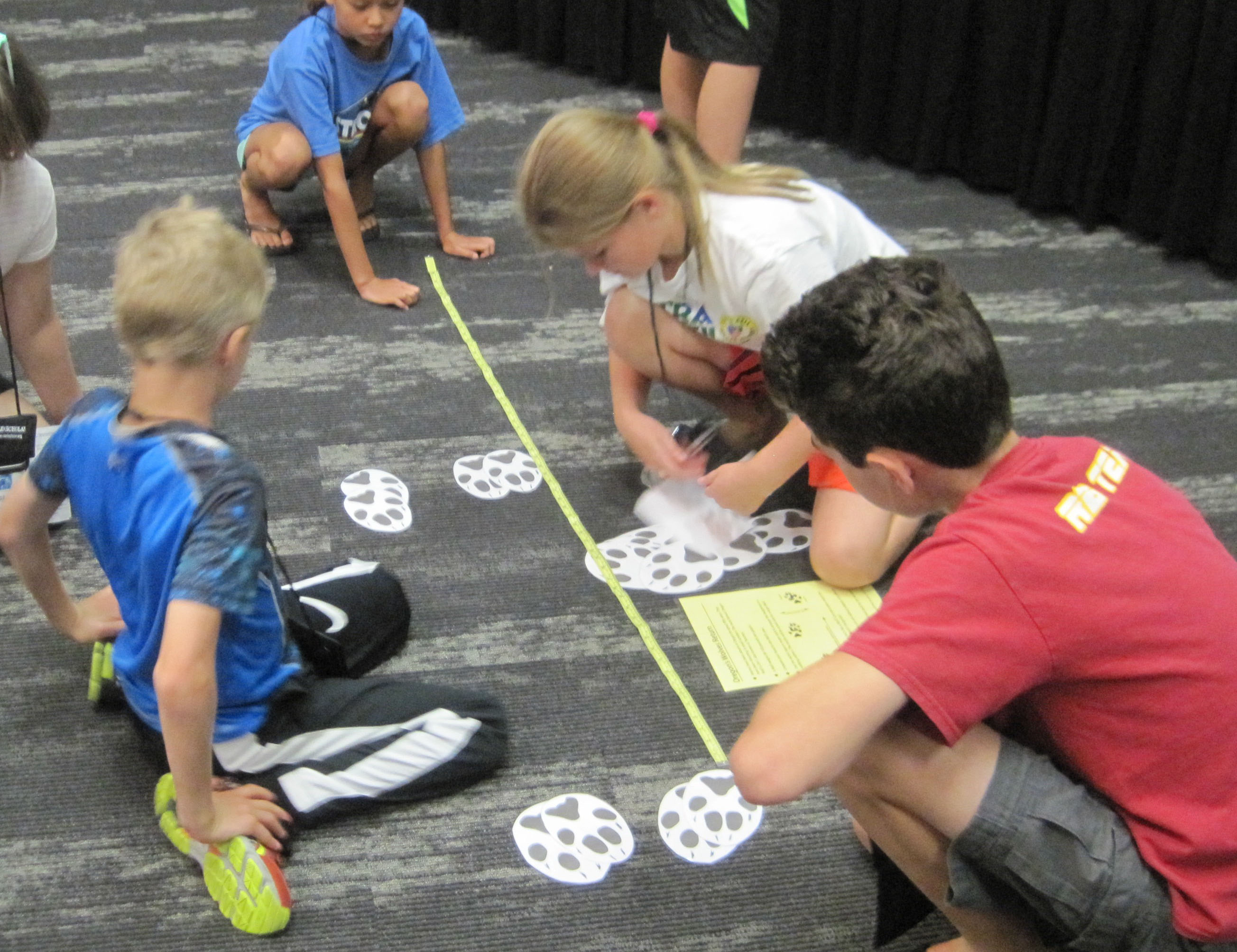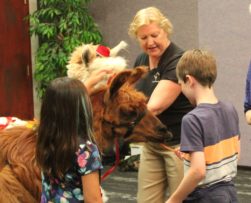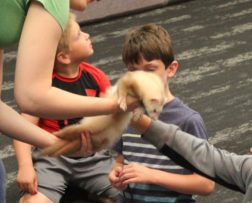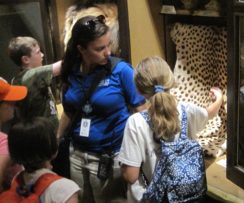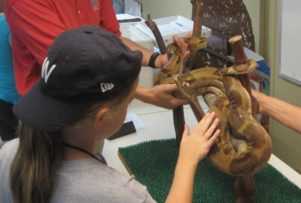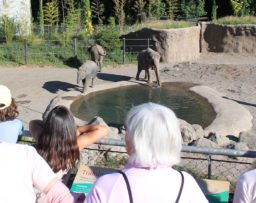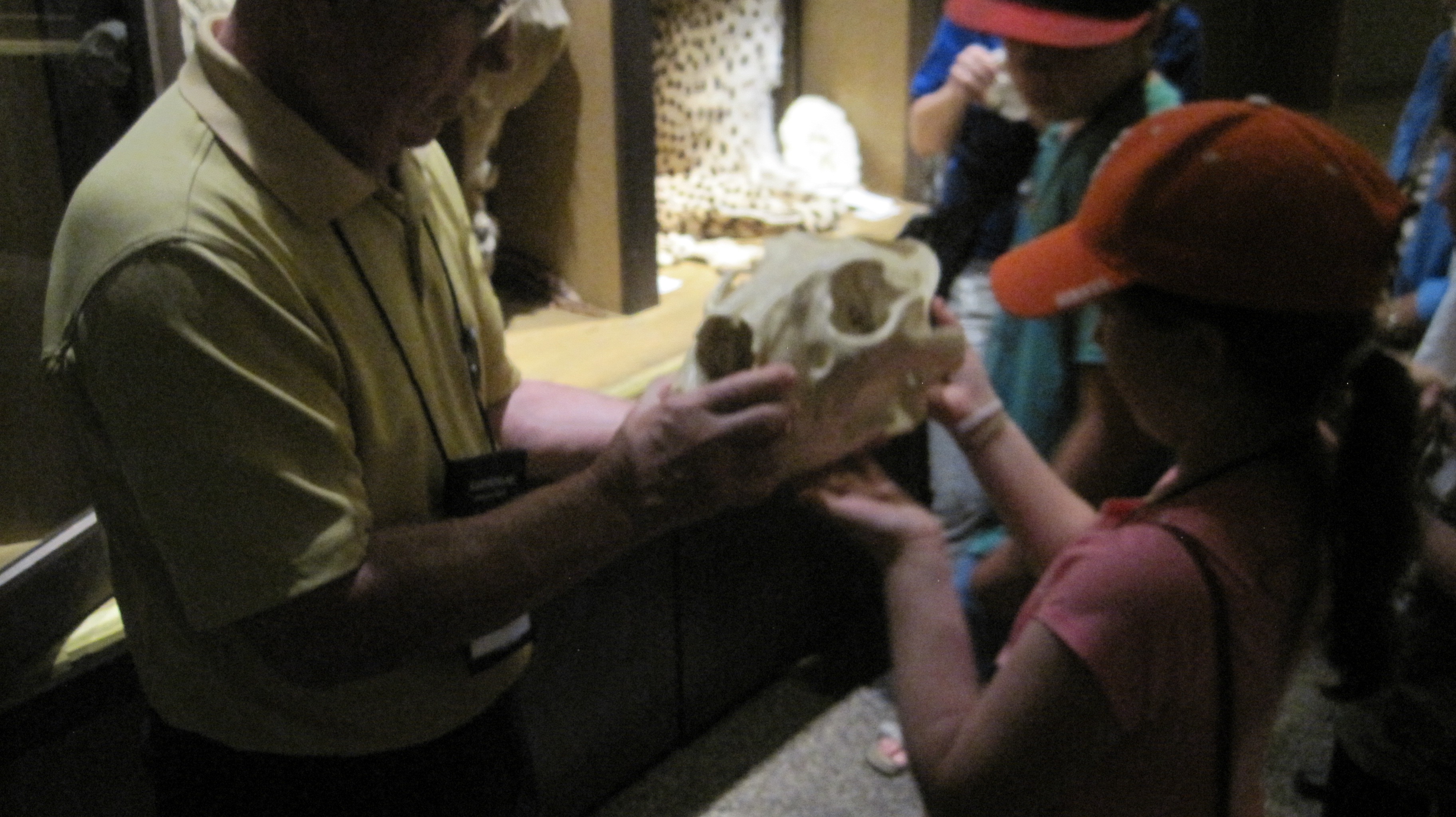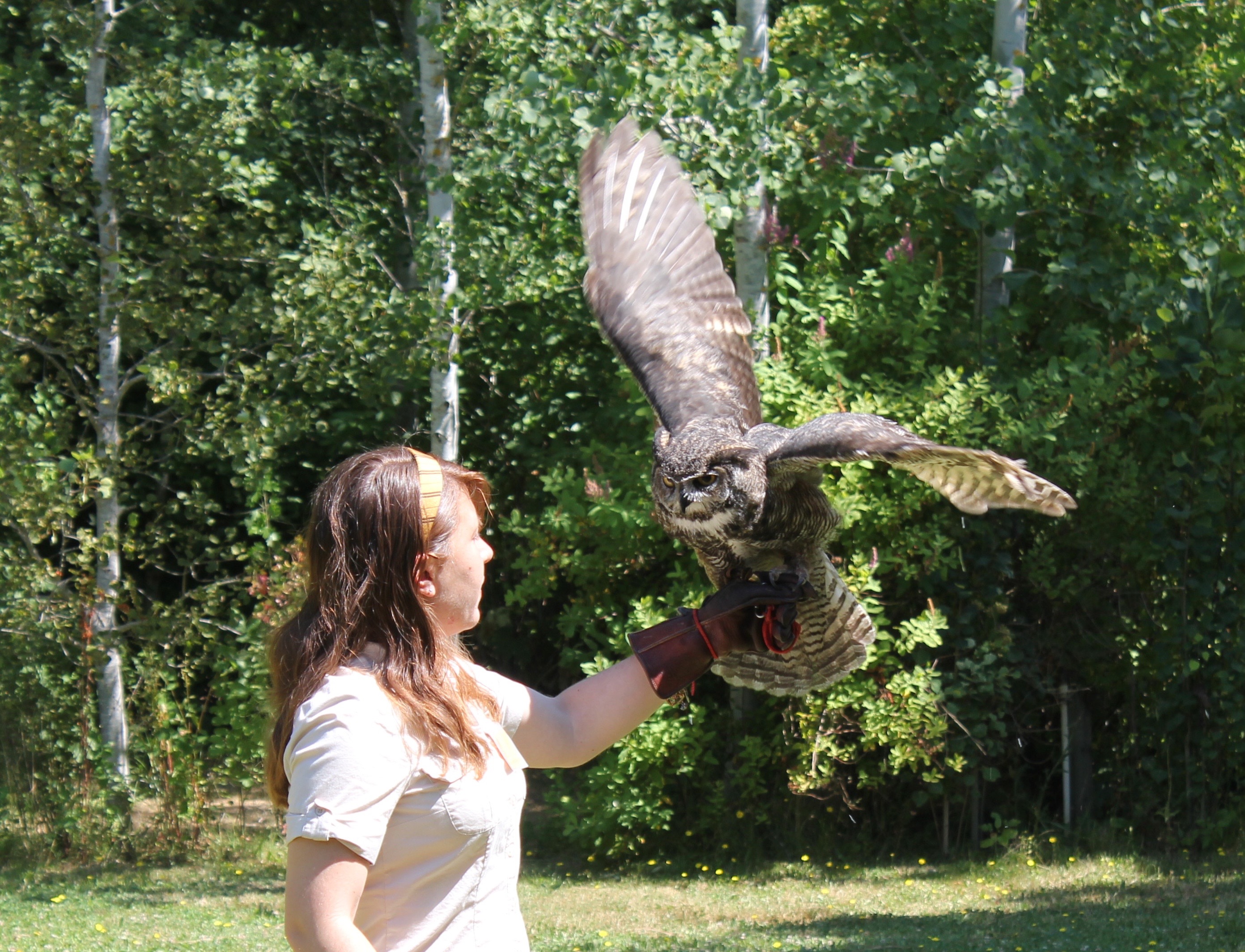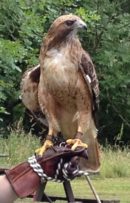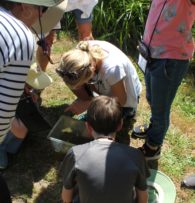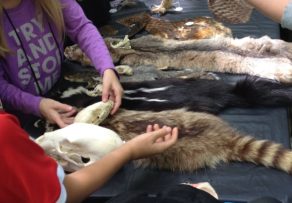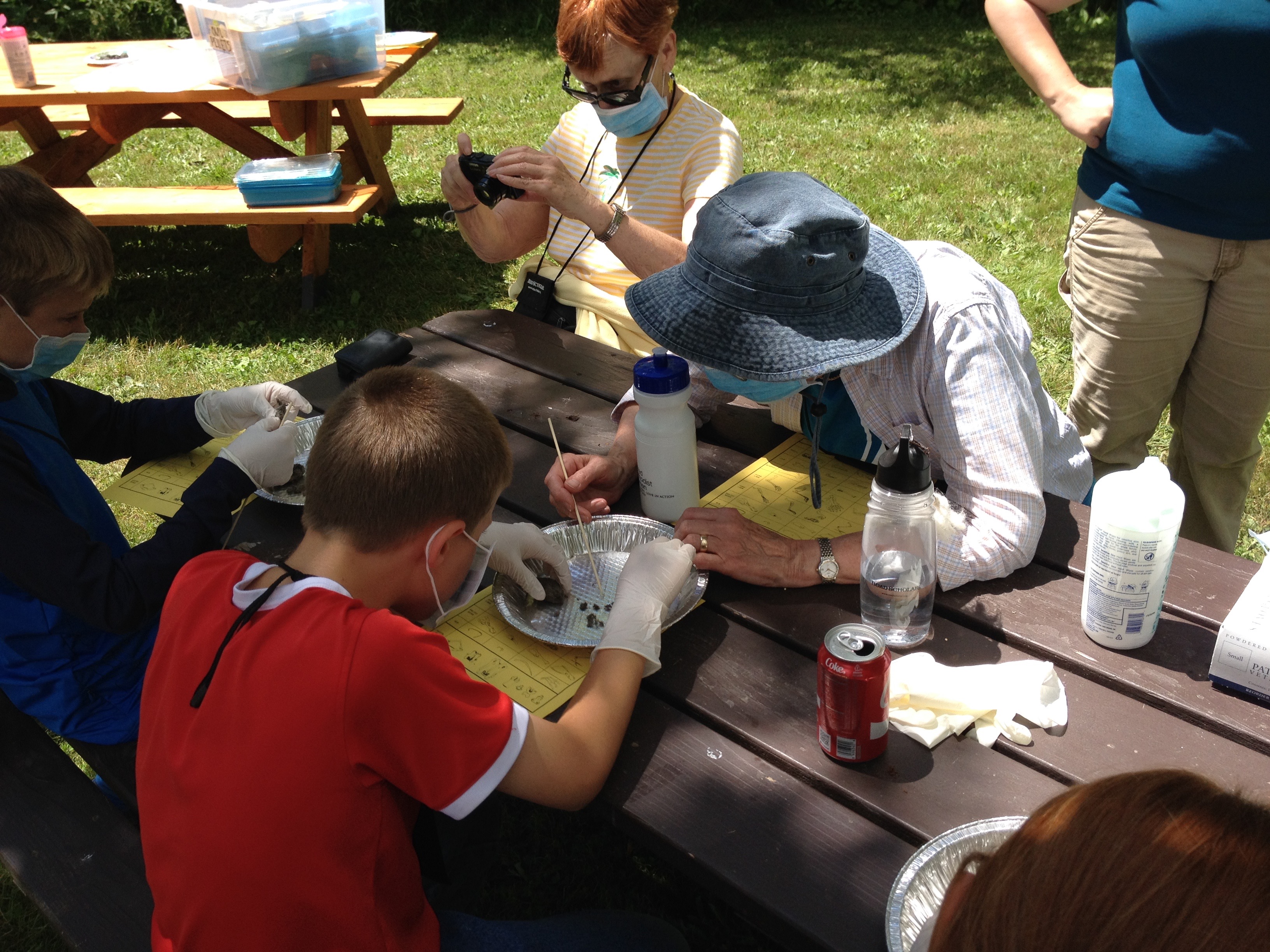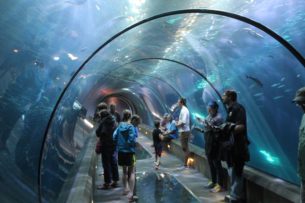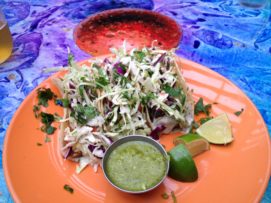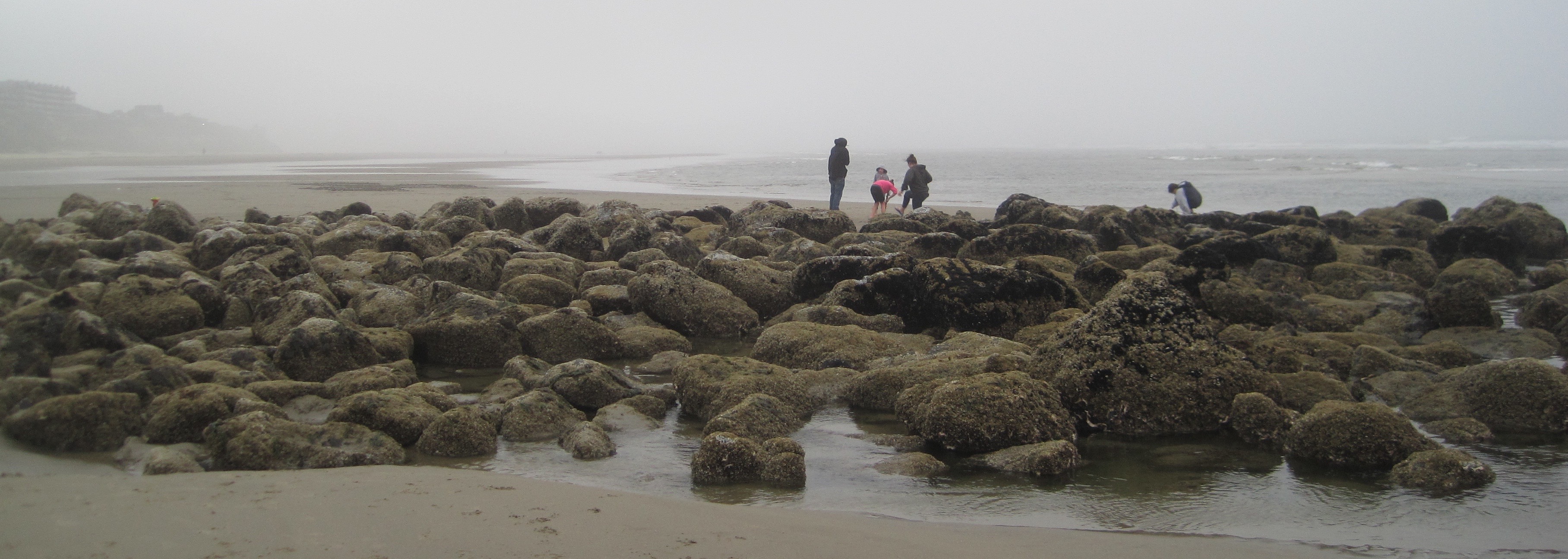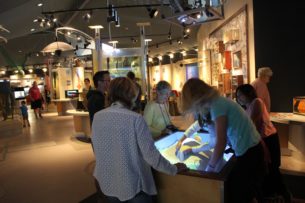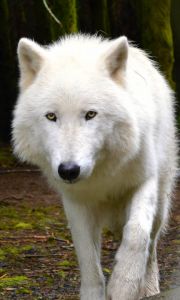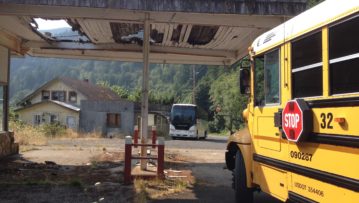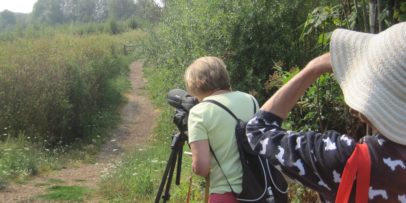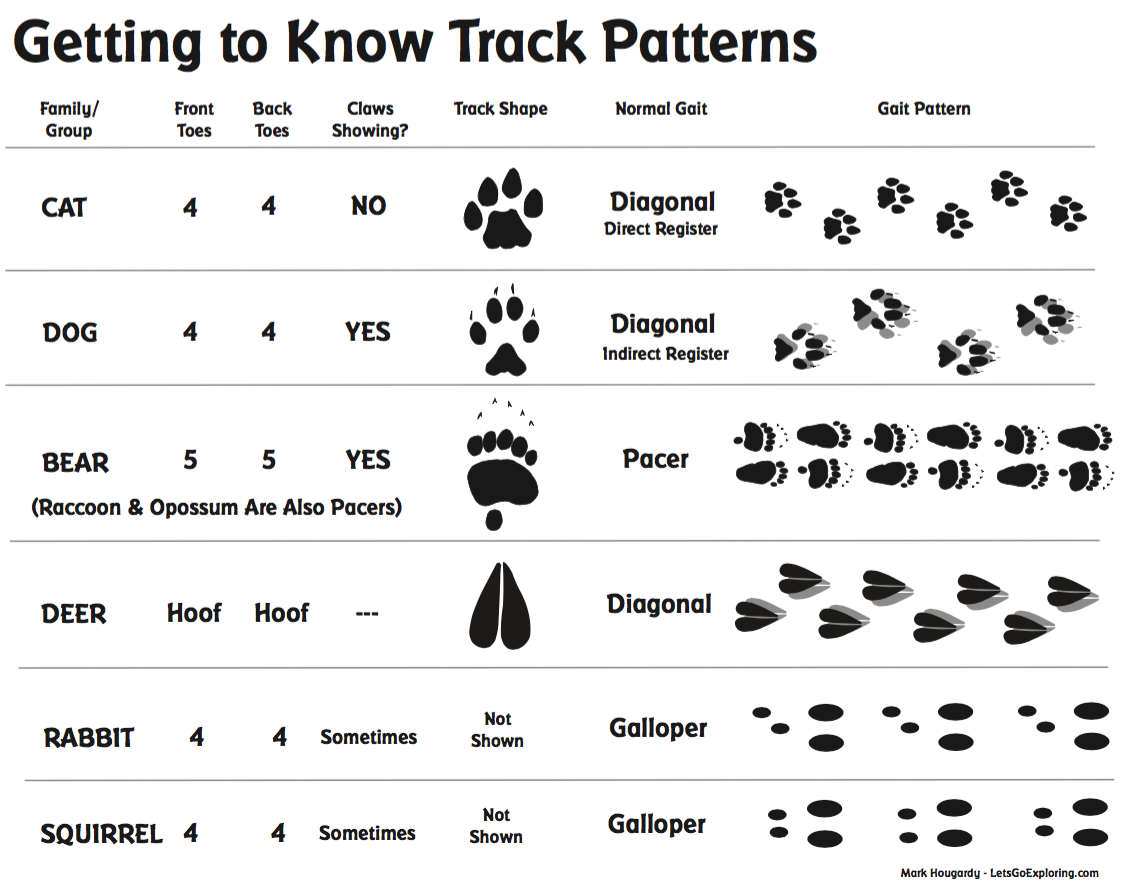Trip Report:
Leader: Mark Hougardy | Company: Road Scholar | Dates: Three trips, July-August, 2017 | Participants: 15-25 per group | Type: 6-days of field outings and motorcoach travel in western Oregon
I enjoyed leading this Road Scholar trip for grandparents and grandchildren. It was a fun and educational opportunity for different generations to share time together exploring the world of animals. For my programs, I wanted to create a mentoring environment where, at the end of the program, everyone who is young at heart would think of themselves as beginning zoologists. A zoologist is a curious person (a scientist) who loves to learn about animals and everything they can teach us.
